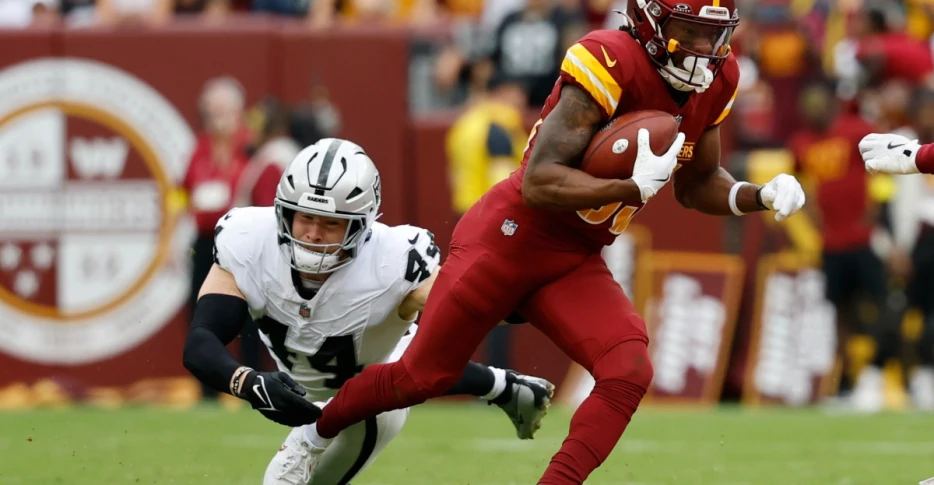
 Hogs Haven
Hogs Haven
The 5 o’clock club is published from time to time during the season, and aims to provide a forum for reader-driven discussion at a time of day when there isn’t much NFL news being published. Feel free to introduce topics that interest you in the comments below.
CLICK HERE to see the full 5 o’clock club archive
I think that Washington’s special teams play has had a bigger positive impact in 2025 than we, as fans, generally think about. Prior to the implementation of the ‘dynamic kickoff’ last year, special teams play had been relegated – in terms of significant plays – to a few big punts or punt returns per season.
I don’t think many NFL fans have quite gotten their heads around how much more impact the kickoff has on team success or failure now than it did just two or three years ago. I’d argue that an almost-hidden aspect of Washington’s success in 2024 has been the commitment of Washington’s coaches to making kickoff coverage and returns a point of competitive advantage. I have written repeatedly over the years — sometimes in articles and often in comments — about the impact of field position on scoring, and therefore, on wins and losses.
Consider this information from Advanced Football Analytics:
Think of an offensive drive not in terms of a series of passes and runs, but in terms of a chain of first downs, regardless of how they are achieved. To arrive in scoring position a team needs not just yards, and not just 1st downs, but consecutive first downs. The success rate for achieving a 1st down on each series has been 65% over the past 5 years.
On average, an NFL offense needs 3.7 first downs (including the score itself) to score a touchdown. Therefore, the estimated TD rate would be 0.65^3.7 = 0.20 TDs per drive. (Note: The actual share of drives that resulted in touchdowns over the past five years is very close–19%.)
A difference of only 3% in the chance of scoring a TD on a typical offensive drive may seem very small, but it has a large impact on points. Given a league average of 12.4 drives per game (according to KC Joyner), the effect on two teams with a 4-yd difference in starting field position would be a 0.4 TD per game advantage to a team with a 4-yd field position edge, the equivalent of 2.8 points per game.
Here is perhaps a simpler way to conceptualize it. Instead of saying the team with lesser starting field position needs 0.4 more 1st downs per drive to score, we could say that they need a full additional 1st down in 40% of its drives.
For many seasons of football, exploiting field position, for Washington, meant that Tress Way was the team’s primary weapon. Starting last year, the coaches have also ‘weaponized’...